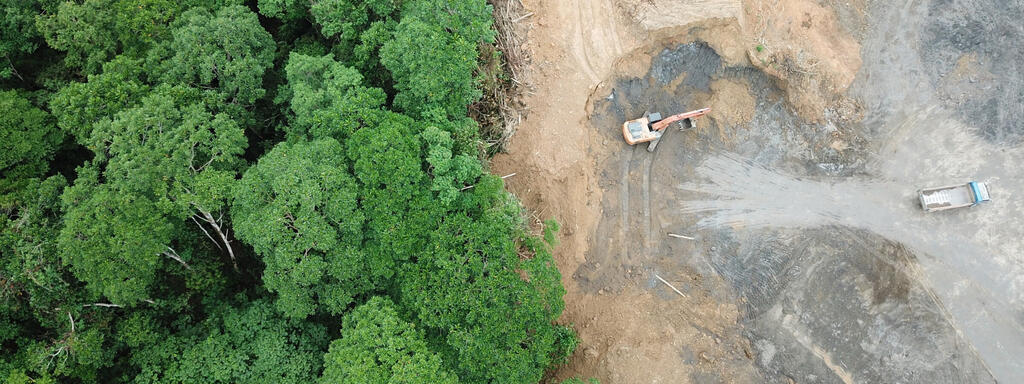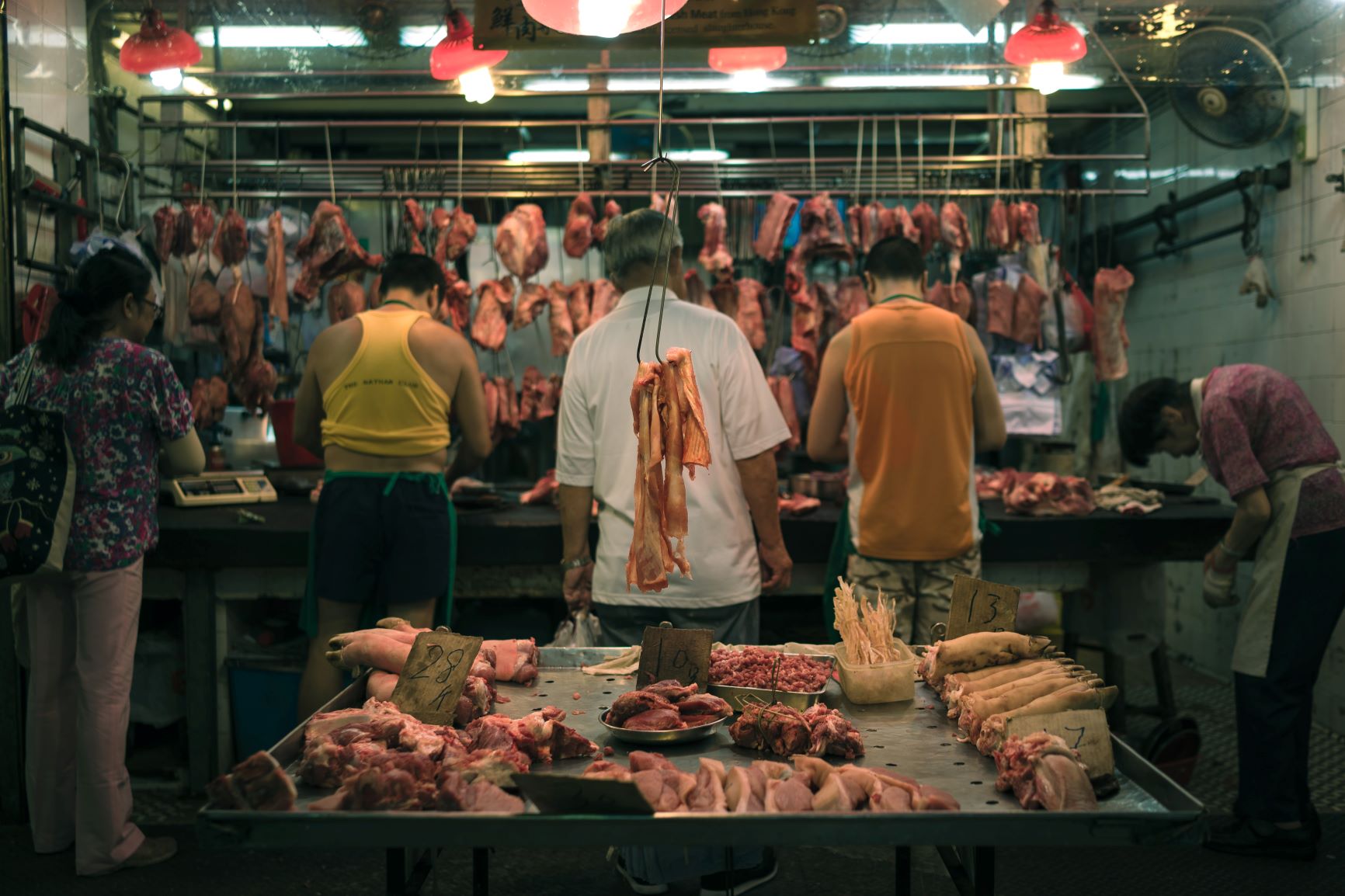
Population growth and environmental destruction fuel deadly diseases
Our growing population and resulting overexploitation of nature are facilitating the emergence and spread of infectious diseases like COVID-19.
Population Matters’ Communications Officer, Olivia Nater, investigates how relentless deforestation, habitat encroachment, wildlife trade, consumption of animals, and increasing urban population density gave rise to recent pandemics.

With the world facing an acute health crisis on a scale unprecedented in recent years, urgent action to tackle the new coronavirus is essential. In addition to that action, it is essential that policymakers address the drivers and risks of diseases such as COVID-19. Viral infections jumping from animals to humans (known as zoonoses) are on the rise due to the destruction of wild habitats and increasing global consumption of animal products. The origin of COVID-19 remains uncertain but studies have linked it to bats. Other recent pandemics were also zoonotic diseases. Severe Acute Respiratory Syndrome (SARS) and Middle East Respiratory Syndrome (MERS), also coronaviruses, are thought to have originated in bats as well – in the case of SARS, the virus passed through civets before it infected humans.
Nature encroachment and urbanisation
In a 2016 report, the United Nations Environment Programme (UNEP) stated:
“As the human population grows, ecosystems change. Forests are exploited for logging, landscapes are clear-cut for agriculture and mining interests, and the traditional buffer zones – once separating humans from animals or from the pathogens that they harbour – are notably reduced or lost.”
Our encroachment into natural habitats is increasingly exposing us to new viruses. Deforestation and active poaching and hunting of wild species for food or the illegal wildlife trade are still rising due to growing demand and insufficient protection.
Urbanisation, the movement of people from rural areas into cities, is increasing urban population density. The resulting close contact between people and their greater movement within and between countries means diseases can spread more rapidly and extensively, as evidenced by the current coronavirus pandemic, which rapidly escalated from a small handful of cases in Wuhan, China, in December 2019 to 130,000 (and counting) across the world today.
Growing appetite for animals
The original HIV and Ebola animal-human transmissions are suspected to have occurred through the consumption of bushmeat, which remains an important source of protein for the poorest (and often fastest-growing) populations in developing countries. COVID-19 may also have been transmitted directly from a wild animal, facilitated through a traditional food market in Wuhan. Usually, however, the virus passes through a domestic animal first – camels in the case of MERS and birds and pigs in the Avian and Swine Flu pandemics.
According to the UN’s Food and Agriculture Organisation (FAO), meat production, driven mainly by a growing number of consumers, is projected to double by mid-century, leading to heightened risk of new pandemics.

Protecting nature, protecting lives
COVID-19 has already claimed almost 5,000 lives at the time of writing and threatens to take many more, as well as causing enormous disruption and misery as a result of measures to contain its spread. The preservation of life must, of course, be the highest priority, and efforts to find a vaccine or cure are vital. At Population Matters we share the deep concerns people have across the world, and are inspired by the work of health care professionals and individuals and communities in meeting these challenges. We call on richer countries in particular to ensure that poorer ones have all the support they need to protect lives and livelihoods.
Governments must do all they can in these areas – but they must also recognise the bigger picture. Environmental policy over the next few years will have major implications for public health.
Stricter wildlife trade regulations, better protection of our remaining natural areas, and a global shift to more plant-based diets are key to reducing the threat of new pandemics. Strong climate action is also urgent – several deadly diseases are predicted to spread more under warmer global temperatures.
We can and must slow and ultimately end human population growth through ethical, choice-based solutions which empower people to choose smaller families. Achieving this would reduce environmental degradation and emerging diseases, as well as the pace and scale of transmission. In addition, the most effective population solutions directly improve human lives and advance the Sustainable Development Goals – it is high time governments pay them the attention they require.

